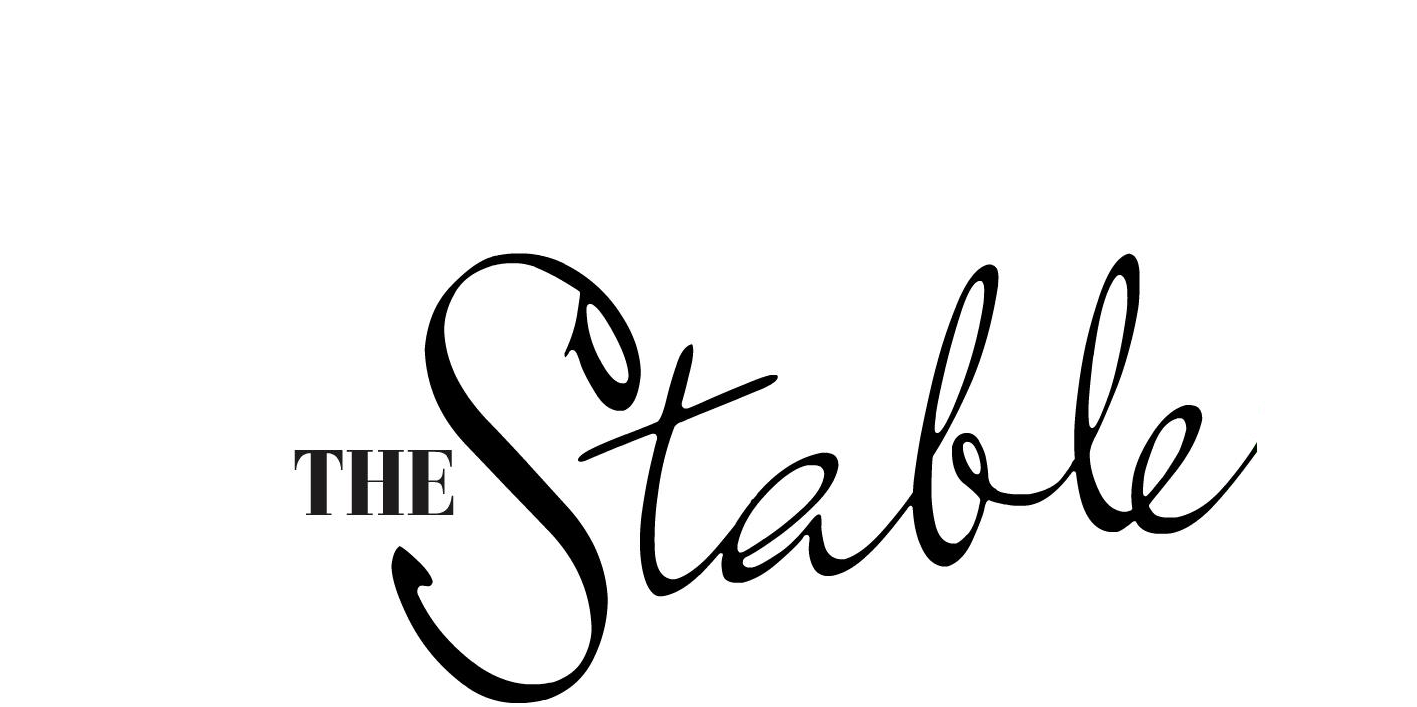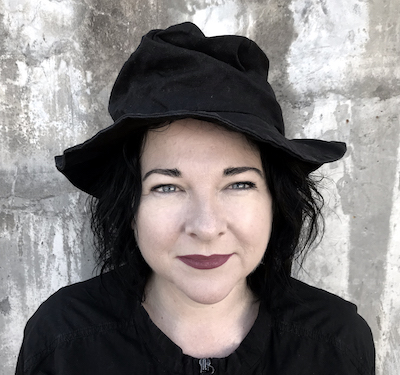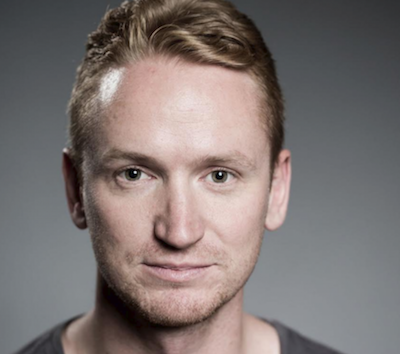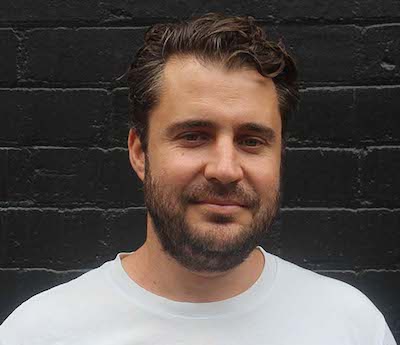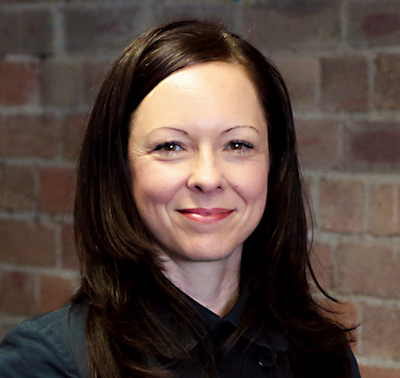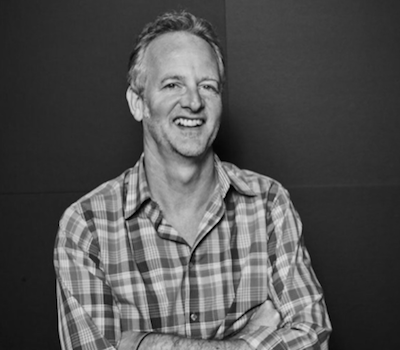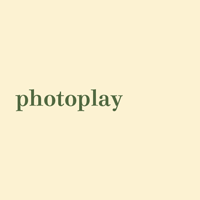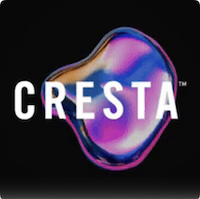A rollercoaster year? Of course that’s a cliché but can you think of a better way to describe 2019? Creativity is being heralded as the saviour of everything but is still having its wings clipped by timidity and that total pain in the ass thing – money. Production is finding its feet again. Agencies are still stumbling around looking for no-slip shoes. Networks can’t make enough of…that total pain in the ass thing again – money. Teflon Trump is still using YouTube to dictate international policy. Our PM? That pain in the ass thing may well – perhaps should – be his downfall? Hopefully, before it’s ours. But what about you? How was your year? And more importantly, what could have made it better? The Stable asked…
Sinead Roarty, creative director, Wunderman Thompson Sydney
The worst of times, the best of times.
In 2019 the world went backwards. Trade wars. Gun wars. Abortion wars. Boris won. Assange lost. Alan Jones is still on air.
It’s been a shit year.
Which may be why creatives the world over are doing work they really give a shit about. Because it’s been a brilliant year for ideas. Society-shaping, law-changing, behaviour-shifting ideas.
While Facebook was getting its hand smacked for hacking our data, Black & Abroad showed data mining could be done ethically and turned race hate into black pride for Go Back to Africa. Activists protested against LGBTIQ+ discrimination in Russia by literally wearing the outlawed rainbow flag as they walked through the streets of Moscow during the World Cup.
Viva La Vulva showed us how to do purpose-led advertising without having to be earnest. Expensify made using an accounting app sexy with their Expensify This collaboration with 2 Chainz – creating a music video you could actually expense. While Country Time Lemonade provided free Legal-Ade to defend an American institution under attack: the humble lemonade stand. And Old Spice proved that longform content will triumph no matter what, with Smell Amazing Forever (and ever and ever).
It’s the year that accessibility and inclusion took centre-stage, with several projects that put disabled people at the very centre of the design process. The New York Times trumped fake news fearmongering and inspired us to read real journalism again. And Australia’s own Lion’s Share put pressure back on the ad industry, imploring us to pay a talent fee when we feature animals with the hope of raising $100 million a year to help save endangered species in the process. These are all risky, research-adverse ideas that would have no doubt made their clients uncomfortable, yet they trusted their guts and went with them.
It was also the year when art met analytics, magic met maths, creative muscle met customer experience. Instead of the world ending, we learnt to play together and discovered we had more toys in our basket.
What would have made 2019 better?
2019 was disruption on steroids. We finally got hit with our own buzzword. Marketing budgets took a severe hit as funds were pushed down the pointy end of the consideration funnel and short-termism is on the rise with the emergence of crowd-sourced creative platforms. Let’s hope the screws are loosened on marketing budgets in 2020, so we can create more audacious ideas that embrace the whole user-experience.
Ant White, chief creative officer of CHE Proximity
What would have made 2019 better?
More stuff. More often. Even a few more mistakes.
People are consuming 84 minutes of content, daily. And culture moves quickly. What’s relevant today will most likely not be relevant tomorrow.
Wait, research, second guess yourself, and you definitely just missed the moment. Or someone else said it first.
There is still too much emphasis from a lot of brands to create one big ad, at one moment in time, that tries to reach all people.
If we put too much pressure on one moment – that moment, people’s attention spans and our year’s budget are gone before we know it.
We need to care less about being one thing to everyone and create more bespoke content and experiences for all. More often.
To get this right, we need to know our brands’ north stars inside and out. We need to be on brand, and on tone, 100% of the time, but it doesn’t need the same level of scrutiny a research group would throw at it. It doesn’t even need the same budget.
Right now, our agency is busier than ever on a range of interesting stuff, big and small – making a podcast series, some slow TV, a horror movie, an intervention pack, a children’s clothing line, and a board game. Putting more things out into the world and building brands across hundreds of touchpoints and experiences.
Not everything will be as successful as the next but if they’re on brand, then at least we’re putting our brands out there, giving them a presence, and adding to culture, rather than commenting on it.
Llew Griffiths and Greg Fyson, executive producers, Sweetshop Australia (Sydney)
Llew Griffiths (l) & Greg Fyson (r)
We used to talk about how “in the future”, the art of collaboration would look different to that which we thought of as normal workflow. That sitting around a table covered with overlapping pages, print outs scribbled on in red pen, new ideas on yellow post-its, cold coffee both in mugs and down our fronts, would be but an archaic set up. We imagined a team working on the same project would be a jigsaw of people in different spaces, on different continents, in different time zones all adding to a bigger picture. Geography no longer a limitation, but an asset allowing us to come together in a virtual world.
This is no longer a future we just have to talk about, it’s a now that we can be inspired by and grow in.
We are in a digital world where the technology is readily available to us, enabling us to bring together the very best specialists to improve the overall level of creative output, and do so economically – now there’s a sentence to get the motor running.
Take something as seemingly simple as remote editing, with directors and editors travelling all over the world, the space between commencing the edit and delivering the job, doubles with the addition of connective technologies. Around the clock access and numerous fingers dipped simultaneously in the creative pie. The output can blow you away.
While the technology has been embraced to a certain extent, and there are lists of great companies and creatives pushing its use, we should still be using it more.
The possibilities are endless and the results are game-changing.
Get the right people on the job, use the tech available, use it smartly, make the process, and ultimately the job, the very best it can be.
2019 only just scratched the surface, we’re excited to see where we can go in 2020.
Rebecca Carrasco, executive creative director, Saatchi & Saatchi Australia
What would have made 2019 better?
Fear has done a lot of damage in the marketing and advertising industry. And we’re at a point where we’re dealing with the worst kind of fear; fear we still feel we can control.
We’ve had times in our industry where there was a distinct lack of fear, it was about boldly going where no brand had gone before. The challis of trial-by-doing was not yet tainted by the fear of sticking your neck out. Risk-assessment was about having nothing to compare your approach to. And conversely, there have been times where economic crisis has made the situation so dire that we’ve been forced to feel the fear and do it anyway – some of my favourite work of all time fell out of the GFC, because big brands had no choice but to take bold steps (with reduced budgets) to ensure their survival. The fear of doing nothing remarkable was so great that the usual sense of risk was negated.
But here we are, caught in the middle. It’s that debilitating fear that sits between not doing anything and doing something different. The fear that leads to all manner of risk-assessment to intellectualise, rationalise and justify doing something different, which almost always leads to just doing something. It’s the “different” that drops off. And we don’t have an accurate way of measuring what that “different” would have delivered out there in the wild – because the first and most important job that “different” has to do, is get someone’s attention. Controlled evaluation environments aren’t typically designed to measure that; the only thing that can truly test and original piece of work, is real life.
So, what could have made 2019 better? Much less fear. Or much, much more.
Giles Day, executive director of innovation, Landor
What would have made 2019 better?
For many 2019 is not turning out to be a vintage year, but from a creative perspective I see progress all around us.
People are consuming design and the idea of “creativity” more than ever. There’s consensus that creativity is the core skill required for the future. If you’re smart and 22, you want to be part of a project that’s changing the world, not just turn up every day to a job. This generation understands that being creative and seeing the fruits of that creativity makes us happy and fulfilled.
The creative community really wants to believe that professions based on cant and linear thinking (accountancy and law spring to mind) will be democratised and eventually replaced by AI. We’ll wait and see but optimism is an important part of the creative toolbox.
But the question is what would make 2019 better from a creative perspective? And my answer, respectfully, is… could anyone who works in innovation consultancy make the effort to stop talking and start doing? We need to innovate innovation. In 2019 let’s reclaim “innovation” as the creative profession it should be. Perhaps you’ll allow me to start the conversation with a few well-meaning provocations.
Cultural Capital. Be interesting. Innovation needs to connect with popular culture.
Stop being right all the time. If you already know the answer, how can we create something new?
Data is only part of the answer. Data isn’t information. Information isn’t knowledge. Knowledge isn’t wisdom.
Creativity is king. There is a perverse imbalance in the time and money spent testing ideas compared to creating them.
Anyone agree or is it time for me to look for a more creative profession?

